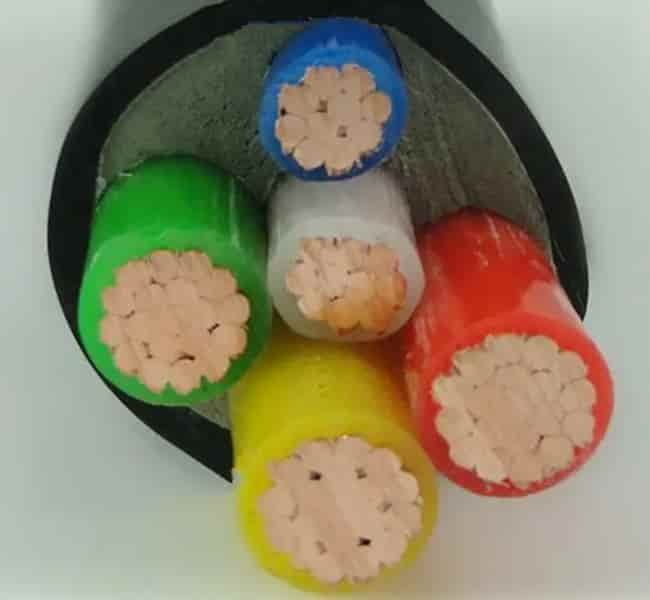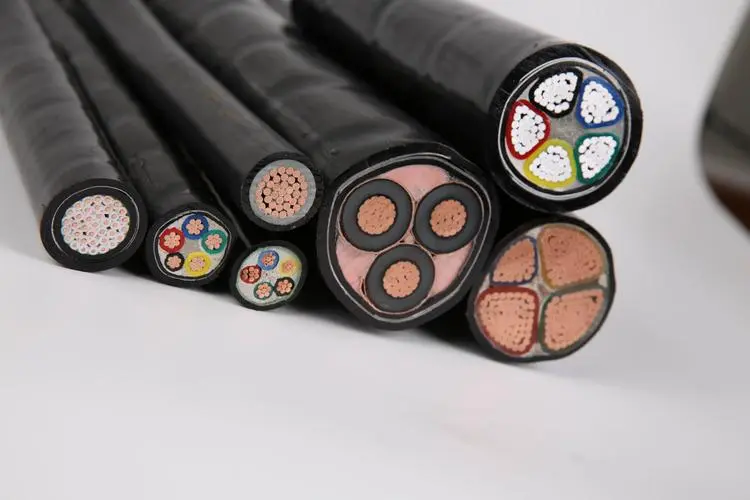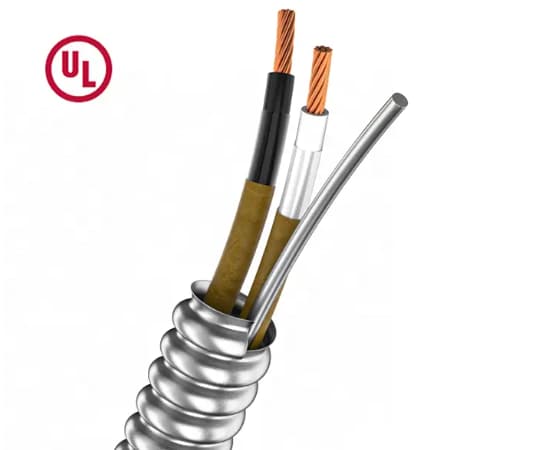
Introduction
In the world of electric transmission, los cables AC y cables DC They play a crucial role in energy distribution. However, Many people do not completely understand the fundamental differences between these two types of cables. This article explores its structure, function, advantages, disadvantages and applications to provide a complete understanding of the Difference between AC cable and cable DC.
What is an AC cable?
And alternating current cable (AC) It is designed to transport electricity in a waveform that changes periodically. AC cables are widely used in homes, Business and electrical networks.
ACC cable characteristics:
- Alternating voltage and current: The voltage varies between positive and negative values, creating a sinusoidal wave.
- Efficiency in short -distance transmission: AC cables are common in urban and residential electricity supply.
- Pelicular effect (Skin Effect): The current tends to flow through the driver's surface, which requires specific design considerations.
- Isolation and armor: AC cables usually require additional armor to reduce electromagnetic interference (EMI).
Types of AC cables:
- Cable AC Monoconductor - Used in high voltage transmission.
- Cable AC Multiconductor - Employee in low voltage electrical systems.
- Armored AC cable - Applied in industrial environments that require mechanical protection.

What is a DC cable?
And DC Cable (DC) It is designed to transport electricity with a unidirectional and continuous load flow. These cables are common in renewable energy systems, Storage in batteries and electronic devices.
DC cable characteristics:
- Constant voltage and current: The voltage remains stable and the current flows in one direction.
- Lower energy loss: DC cables experience less losses at long distances compared to AC cables.
- Thicker drivers: To reduce resistance and energy loss, DC cables usually have a major cross section area.
- Common materials: Copper and aluminum are the most used materials in DC cable conductors.
DC cable types:
- Cable DC Monoconductor - Used in applications such as solar panels and electric vehicles.
- Cable DC Multiconductor - Used in industrial applications that require multiple connections.
- High voltage DC cable (HVDC) - Used in long -distance energy transmission.
Key differences between AC cable and cable DC
| Feature | Cable AC | Cable DC |
|---|---|---|
| Current type | AC (Bidirectional) | DC (Unidirectional) |
| Voltage stability | Fluctuates periodically | More stable |
| Energy loss | Greater than long distances due to resistance and inductance | Less to long distances |
| Driver size | smaller, but affected by the pylulular effect | Generally bigger to minimize resistance |
| Applications | Residential wiring, industrial energy distribution | Solar energy, batteries, electric vehicles, HVDC transmission |
| Isolation requirements | More complex due to electromagnetic interference | Less complex isolation |
| Cost | Cheaper for standard applications | Generally higher due to driver size |

ADVANTAGES AND DISADVANTAGES OF THE AC cable
Advantages:
- Easy voltage transformation: The transformers allow to increase or reduce the voltage efficiently.
- Economic for short -distance transmission: Installation costs and lower materials.
- Widely available: Most electrical devices are designed for AC current.
Disadvantages:
- Loss of energy at long distances: Due to inductive resistance and reactance.
- Electromagnetic interference (EMI): It requires additional armor to reduce interference.
Advantages and disadvantages of DC cable
Advantages:
- Greater long -distance transmission efficiency: It is used in HVDC systems to reduce energy losses.
- Ideal for renewable energies: DC cables are widely used in solar panels and wind systems.
- Stable energy output: Essential for sensitive electronic devices.
Disadvantages:
- Higher initial cost: Larger drivers and specialized components increase costs.
- Limited compatibility: Most electrical devices and networks work with AC current.
AC VS Cable Applications. Cable DC
AC applications AC:
- Residential and Commercial Electrical Wiring
- Industrial Energy Distribution
- Power transmission networks
- HVAC Systems (Heating, Ventilation and air conditioning)
DC cable applications:
- Solar Energy Systems
- Electric vehicle charging stations (EV)
- Data centers and support energy systems
- High voltage transmission in direct current (HVDC)

Conclusion
Understand the difference between cable AC y cable DC It is essential to choose the appropriate cable according to the application. The AC cables They dominate the distribution of energy in homes and industries due to their ease of voltage conversion and their profitability, while DC cables They are more efficient for long -distance energy transmission and renewable energy.
If you are planning a project that requires electrical wiring, Be sure to choose the correct type according to energy needs, the distance and efficiency required. For professional advice and high quality cables, Check with a trusted manufacturer to meet your specific requirements.
